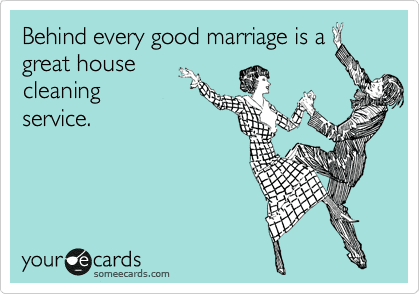Common Fireplace Problems
‘Tis the season for cozy evenings around a roaring fire. There’s nothing more inviting, especially during the holidays. However, fireplaces also present a major risk for house fires, with an estimated 25,000 annual chimney fires in the U.S. that cause loss of life, injury, and millions of dollars in property damage.
So what are the common fireplace problems that lead to such fires? Read on for a list of common fireplace problems.
1) Smoke Stains
Smoke stains above the fireplace represent a serious safety hazard. These stains indicate a drafting problem in the fireplace. Such problems include the fireplace opening being too large for the flue size, an improperly designed firebox, and/or a chimney of lacking height or airflow. Any of these issues allow dangerous gases to enter your home and can lead to fire. Hire a professional to find the source of and address the problem causing the smoke stains.
2) Creosote Buildup
A creosote buildup is extremely dangerous, as this substance is quite flammable. What is creosote anyway? It is a mixture of tar and soot, which is actually a carbon powder. Creosote is formed from incomplete combustion, lack of open ventilation, and/or from burning wrong types of firewood. There are three stages of creosote, all of which can all cause chimney fires. The National Fire Protection Association (NFPA) recommends homeowners inspect their chimneys and flues every year. A check for creosote buildup is a major part of this inspection.
3) Cracks and Deterioration in the Firebox
The firebox is the interior of the fireplace (where the fire is). In most cases, brick is used to line the firebox. Bricks (and fireclay mortar) are designed to withstand very high temperatures. However, heat, moisture, and chemicals can all erode mortar, creating spaces between flue tiles. Additionally, bricks can crack or even fall apart over time. If there are gaps in your firebox, dangerous gases escape the flue and present a major hazard. Homeowners should regularly inspect their firebox for any deteriorating joints and cracked or loose bricks and have them repaired as soon as possible.
4) Cracks in the Flue
Your chimney flue can crack for a number of reasons, including previous chimney fires or stress caused by acts of nature, such as a lightning strike or earthquake. Cracks may also arise from poor workmanship or the normal settlement of your home. Again, harmful gases can enter your home through these cracks. Hire a professional chimney inspector before you start using your fireplace each winter and address any issues that are discovered.
5) Chimney Stains
White stains on your chimney, or efflorescence, are indicative of another common fireplace problem, specifically, moisture. According to chimneyspecialistsinc.com, these stains form when “soluble solutions permeate bricks and other kinds of masonry and evaporate on the chimney exterior, leaving a deposit of salt residue.” These powdery stains can also appear crystallized and will turn fuzzy over time. They are not just unsightly; such stains mean that moisture is affecting the chimney’s masonry work. To avoid the deterioration this moisture causes, check to ensure your flue liner is tact and waterproof your chimney (for a step by step guide to doing so, click here).
The Bottom Line
While most everyone loves a roaring fire in the winter months, no one loves the risks they present. Be sure to get your entire system inspected annually and don’t delay in fixing any of these common fireplace problems that are uncovered.
Need a recommendation for a chimney inspector? Let us know! We’re always happy to help with anything related to your home.
Contact Us
For more tips on maintaining your home, sign on to receive our weekly blog roundup.


